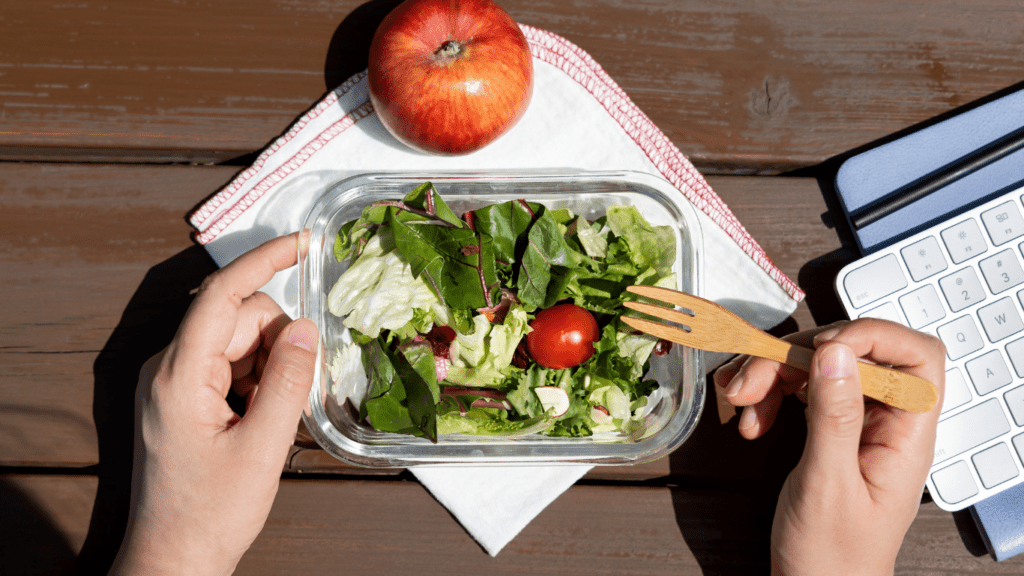As a nutrition enthusiast and a parent, I understand the daily challenge of preparing meals that are not only delicious but also nutritious for the whole family. In today’s fast-paced world, finding the time to plan and cook balanced meals can be daunting, but it’s essential for our well-being. That’s why I’m excited to share some practical tips and ideas to help you create balanced meals that everyone at the table will love.
Balanced meals are the cornerstone of a healthy lifestyle, providing us with the energy and nutrients we need to thrive. From incorporating a variety of food groups to ensuring proper portion sizes, there are simple yet effective ways to elevate your family’s dining experience. Join me as we explore the art of crafting meals that are not only satisfying to the taste buds but also nourishing for the body.
Understanding the Basics of Nutrition
In this section, I’ll delve into the fundamental principles of nutrition that form the building blocks of creating balanced meals for the whole family.
- Macronutrients and Their Importance
When crafting meals for the family, it’s crucial to understand macronutrients – the nutrients our bodies need in larger amounts for energy. These include carbohydrates, proteins, and fats. Carbohydrates are the primary energy source, proteins are essential for growth and repair, while fats play a vital role in cell function. By balancing these macronutrients in each meal, we can ensure that everyone gets the necessary energy and nutrients for optimal health. - Micronutrients: Vitamins and Minerals
Aside from macronutrients, micronutrients are equally vital for overall health. Vitamins and minerals are essential for various bodily functions, such as boosting the immune system, supporting bone health, and aiding in metabolism. Including a variety of fruits, vegetables, whole grains, and lean proteins in our meals ensures that we obtain a range of essential vitamins and minerals. By paying attention to these micronutrients, we can enhance the nutritional quality of our family’s meals and support their well-being.
Creating Balanced Meals for the Whole Family
When it comes to creating balanced meals for the whole family, variety is key. By incorporating a diverse range of foods into daily meals, I ensure that my family receives a wide array of nutrients essential for their well-being.
Incorporating Variety in the Daily Meals
I make sure to include foods from all food groups in our daily meals to ensure a good balance of nutrients. For instance, I include a mix of fruits, vegetables, whole grains, lean proteins, and healthy fats in our menus. This not only adds flavor and texture but also provides essential vitamins, minerals, and antioxidants crucial for overall health.
Considering Dietary Restrictions and Preferences
Being mindful of dietary restrictions and preferences within the family is vital for creating meals that everyone can enjoy. I accommodate these by offering alternative ingredients or cooking methods. For example, if someone has a gluten intolerance, I opt for gluten-free grains like quinoa or rice as substitutes. Adapting recipes to suit individual preferences ensures that everyone at the table is satisfied with the meal choices.
Tips for Meal Planning and Preparation
When planning meals for the whole family, it’s crucial to consider a few key aspects to ensure they are balanced and nutritious. Here are some helpful tips for efficient meal planning and preparation:
Planning Weekly Menus
To streamline the meal planning process, I like to sit down at the beginning of each week and outline a menu for the upcoming days. By planning in advance, I can ensure that I incorporate a variety of food groups and flavors into our meals. This also helps me stay organized and saves time during busy weekdays. Additionally, planning weekly menus allows me to create shopping lists based on the recipes I choose, making grocery trips more efficient.
Shopping Smart for Groceries
When grocery shopping for the week, I prioritize purchasing fresh and whole foods to create well-balanced meals. I make a list based on the weekly menu plan to avoid impulse buys and unnecessary items. By sticking to my grocery list, I can ensure that I have all the ingredients needed for healthy meals without overspending. I also like to check for seasonal produce and sales to maximize savings while still providing nutritious options for my family.
Engaging the Whole Family in Meal Preparation
Involving the entire family in meal preparation can create a sense of togetherness and encourage healthier eating habits.
Assigning Age-Appropriate Kitchen Tasks
I assign age-appropriate kitchen tasks to each family member, making meal preparation a shared responsibility. Younger children can wash vegetables or set the table, while older kids can assist in cooking simple dishes under supervision. This approach not only lightens my workload but also teaches valuable life skills and boosts their confidence.
Making Mealtime Fun and Educational
I make mealtime fun and educational by turning it into a learning experience. I involve my family in choosing recipes, experimenting with new ingredients, and discussing the nutritional benefits of different foods. This interactive approach not only makes meal preparation enjoyable but also educates them about the importance of balanced nutrition in a practical way.



